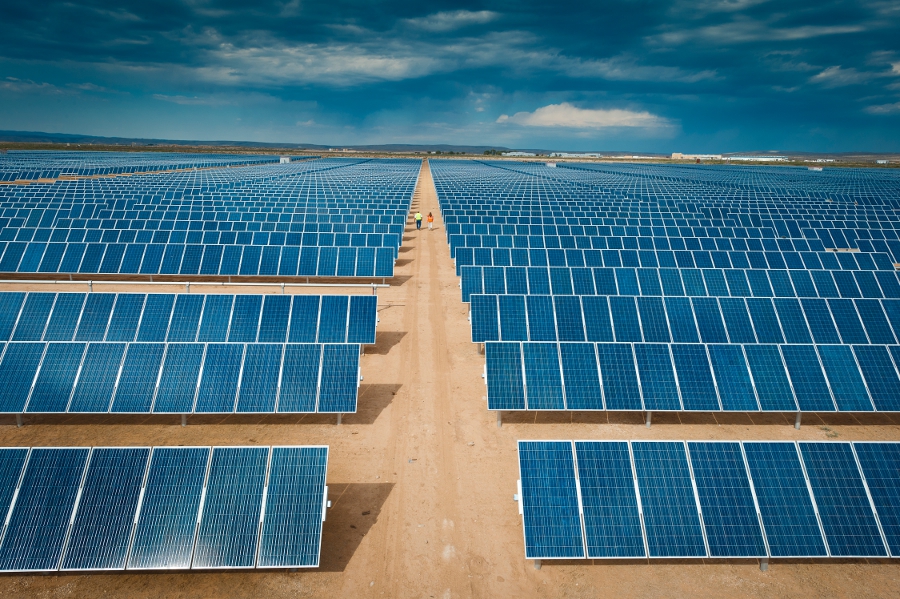To reach net-zero carbon dioxide emissions by 2050 and reduce harmful climate impacts, clean energy supply chains must be quickly expanded and diversified. While certain industries, like the production of solar photovoltaics, are on track to meet their 2030 goals, there are significant production gaps in the development of many other clean energy goods.
Consider electrolyzers, which convert water into oxygen and hydrogen using electricity. Hydrogen is a crucial source of energy for a low-carbon economy. The world’s production would approximate 60% of the amount required by 2030 to achieve the International Energy Agency’s Net Zero Emissions by 2050 Scenario, if all announced electrolyzer projects were to be completed. Current and announced production would only reach 30% and 40%, respectively, without wind turbines and heat pumps.
Additionally, the gaps are worse even for quickly expanding industries like battery manufacture if only fully committed projects—those already under construction or where the final investment decision has been made—are taken into account. A battery or heat-pump plant can take years to set up, and 2030 is still seven years away.
The promotion of renewable energy production (including mineral processing) in alliance nations worldwide is of particular significance to the United States. Washington’s first priority is to support domestic manufacturing, and it is succeeding in this endeavour: since the CHIPS and Science Act and Inflation Reduction Act (IRA) were signed into law in August 2022, businesses have announced investments in renewable energy and semiconductor production totaling more than $200 billion. America is experiencing a battery boom, which is reason for happiness.
However, even to meet its own domestic objectives, the United States will need other nations to increase their capability for producing renewable energy. Washington can’t handle it by herself. Friendshoring must involve the active development of supply chains for renewable energy abroad. Humanity need so much investment in clean technology, according to U.S. National Security Advisor Jake Sullivan, that any nation can pursue its own robust industrial strategies.
Australia, Canada, Japan, South Korea, and other nations, including those in Europe, have the capability and financial room to participate. However, emerging nations, many of which are having difficulty paying off their debts, are unable to offer subsidies and tax breaks similar to those found in the IRA. They will require financial assistance.
If Washington is to follow through on its pledges to increase clean energy manufacturing in the United States and friendly nations—while making sure that industrial policies in rich countries leave room in clean energy supply chains for nations from the Global South—it must use tools of foreign policy, particularly the use of public U.S. development financing, to aid in the achievement of its domestic industrial goals. This is referred to as “foreign industrial green policy.”
The White House’s International Climate Finance Plan from 2021, which aims to make climate action a fundamental piece of U.S. abroad finance, and the G7 Partnership for Global Infrastructure and Investment both require it as a necessary component. We contend that such initiatives must be founded on a tactical strategy for developing net-zero supply chains and generating manufacturing value-added abroad.
This essay evaluates American foreign green industrial policy and examines American development financing. It examines payments made by significant U.S. organisations that implement international green industrial policy and splits this funding into initiatives that promote the deployment of renewable energy or create net-zero supply chains. Examining current and future contributions to expanding sustainable energy supply chains internationally is the aim of this paper.

